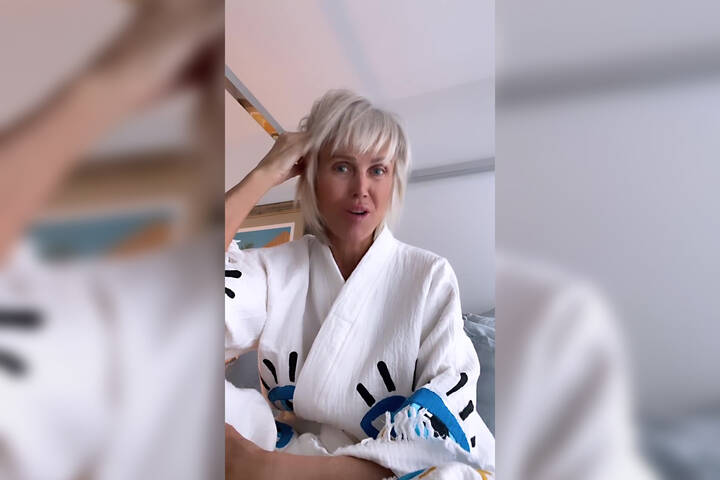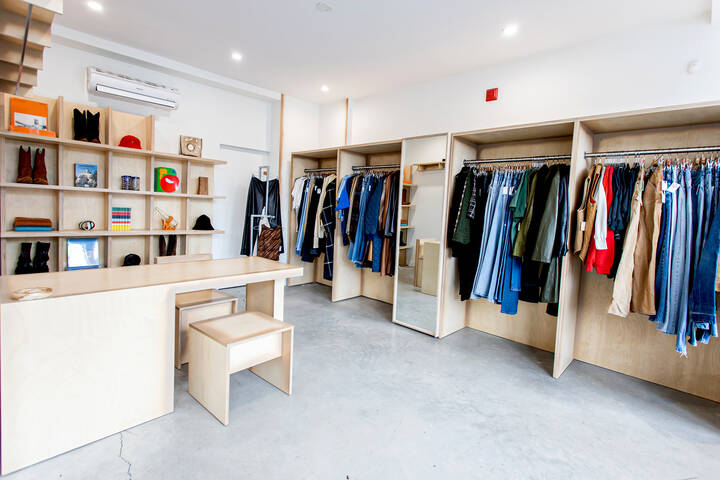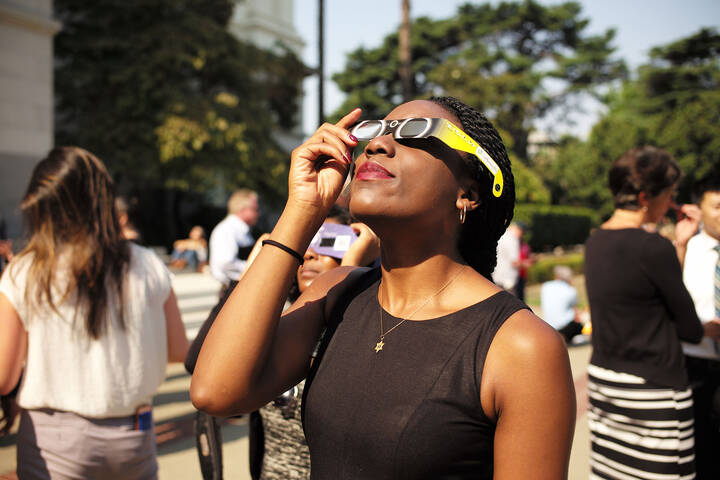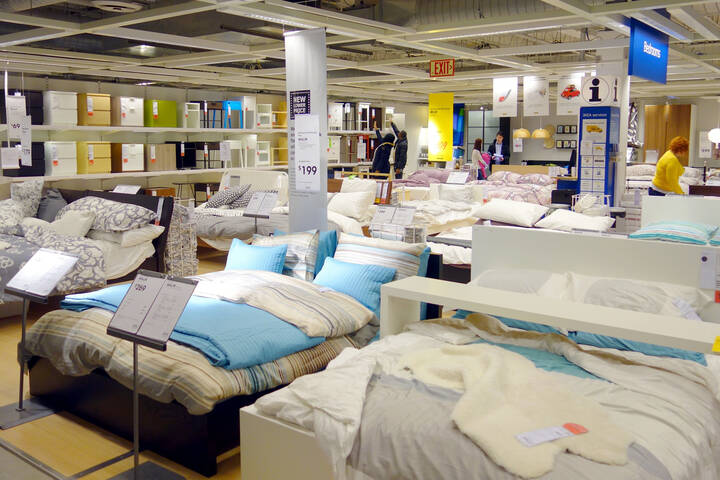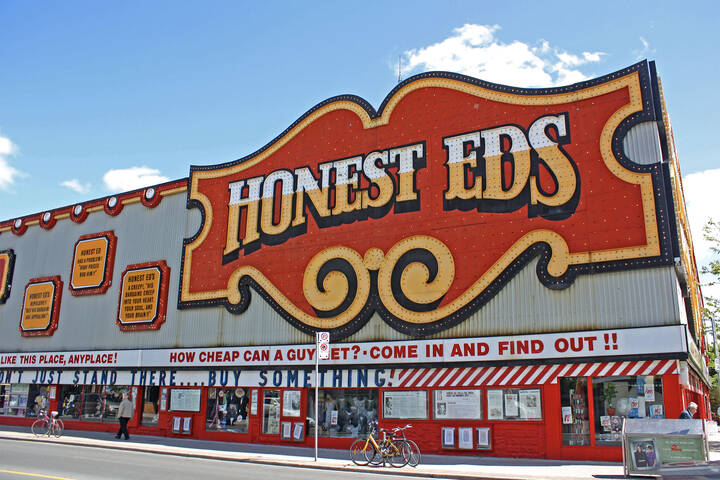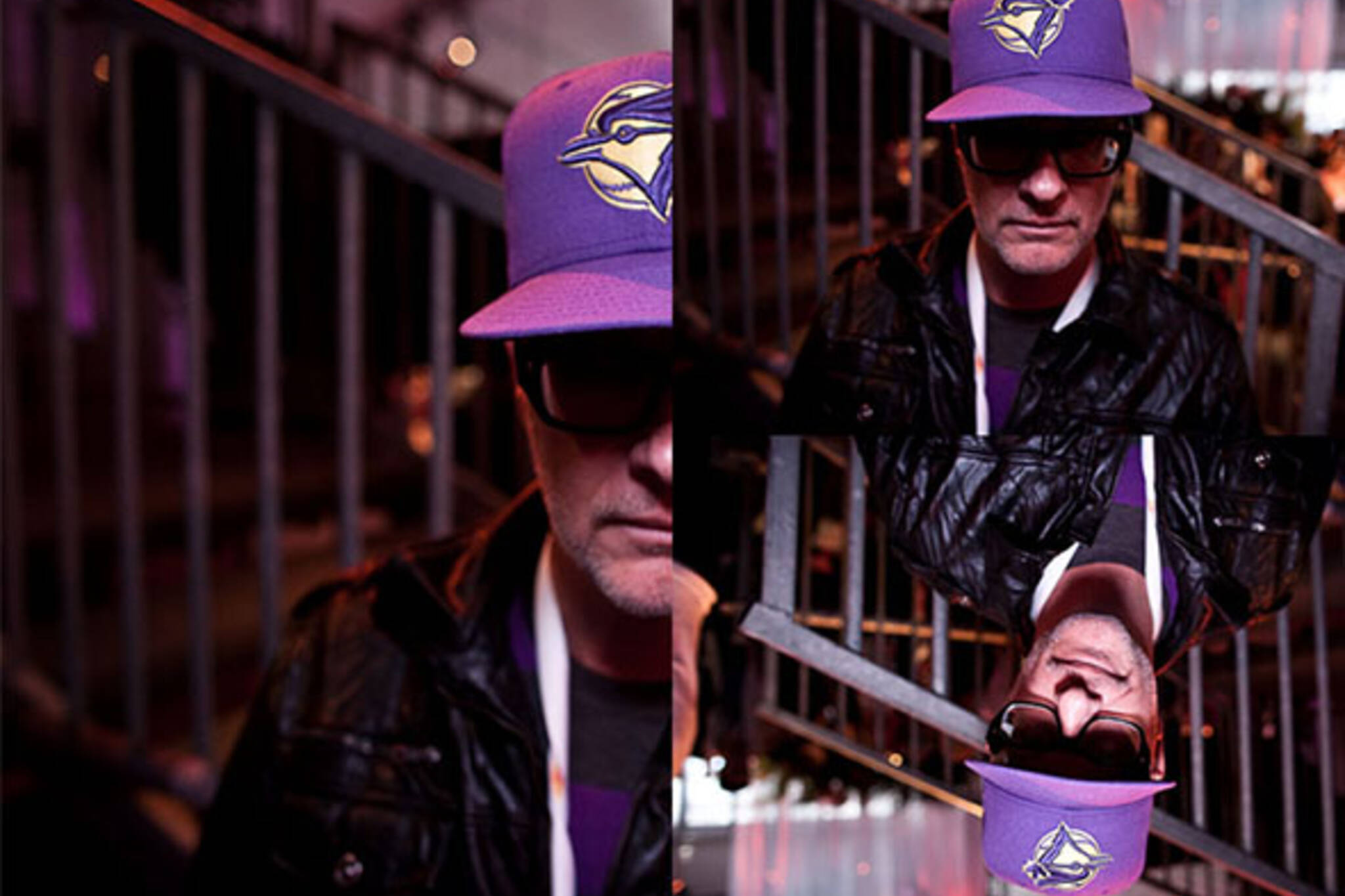
The last 5 decades of style in Toronto
The last 5 decades of style in Toronto are proof that our city's design community has long held a vibrant creative energy. There's a lot to be proud of: a history of great tailoring and craftsmanship, designers that have made magazine covers the world over, and -- in recent decades -- a local fashion industry that's been becoming steadily higher-profile, banding together and structuring itself to better support the city's best and brightest talent.
In honour of World MasterCard Fashion Week, I decided to take a look back at some of the need-to-know designers, stores, trends and fashion scenes from the last 50 years.
THE '60s
Toronto's fashion district on Queen West was experiencing a boom, thanks to an influx of tailors and seamstresses moving south from Kensington Market. Over on Gerrard, near Bay, the swath of parking lots near Toronto General Hospital was once a vibrant area of candy-coloured buildings where artists, designers and intellectuals congregated. A local boutique called the Unicorn sold muumuus and oddball imports; the owner, Marilyn Brooks, soon shot to fame around Canada with avant-garde pieces like vinyl jumpsuits and chain bras.
At the time, Toronto already had a rep as "Hollywood North" in the '60s, and designer Claire Haddad was called on to dress celebrities like Elizabeth Taylor and Mary Tyler Moore. (Taylor refused to be measured for the dress she was ordering, so Haddad asked an assistant to smuggle out one of her bras.)
THE '70s
In the '60s, Yorkville was a hippie mecca -- one an MPP decried as "a festering sore in the middle of the city". As the '70s dawned and the Bloor-Danforth subway line jacked up property values in the area, an influx of high-end stores swiftly displaced the bohemian community. In 1972, the Creeds department store, selling fur coats and European designers, set up shop on Bloor (in the space now occupied by Ashley's china shop); Holt Renfrew followed suit, moving to its current home on Bloor in the spring of 1979.
Down on Queen West, between Spadina and University, the city's burgeoning punk scene was taking over an industrial area vacated by fading textile manufacturing companies. In 1977, over in Cabbagetown, Alfred Sung opened a tiny boutique called Moon. In sharp contrast to the rise of punk, Sung -- who would come to dominate the Canadian fashion world -- offered mostly loose-cut clothes in sophisticated neutrals.
Sung aside, the '70s also gave rise to designers that remain household names today, including eveningwear designer Wayne Clark, and Linda Lundstrom, who's sold more than 125,000 of her staple La Parka coat over the past several decades.
THE '80s
If you want a window into Toronto's retail scene in the '80s, these truly incredible TV ads paint an incredibly vivid picture. But the city's fashion scene made some major strides during the '80s -- gains that are still seen today, including the founding of the Toronto Fashion Incubator, which still provides support to emerging designers, and the creation of the city's first fashion week.
The roots of our present-day fashion week appeared in 1985 in the form of the Festival of Canadian Fashion, a four-day tradeshow orchestrated by Steven Levy. (That year, a young label called Comrags caused a stir with their designs.) The festival flourished through the rest of the '80s, with the federal government actually footing the bill for 200 buyers from U.S. stores to fly in and check out the collections. But attendance and the number of shows shrank, and the festival eventually tanked in 1990.
The style quotient of Toronto television was upped considerably by the launch of Fashion Television, hosted by a young fashion journalist named Jeanne Beker. The program, with its irreverent, informative, fun take on the fashion world, ran for 27 years, cementing Beker's status as a Canadian fashion legend.
Earlier in the decade, Alfred Sung teamed up with a pre-household-name Joe Mimran to launch his eponymous line of clothing. By 1983, MacLean's was crowning him Canada's "king of fashion," and his designs were carried in department stores across North America. Club Monaco, a lower-priced line of basics, was Mimran and Sung's next project; the line was based at Bloor and Avenue Road until it was bought out by Ralph Lauren in 1999. (The original store, on Queen near Spadina, is still open.)
THE '90s
The city's fashion design scene was a bit fractured in the '90s, with a series of presentations scattered around town each season. Long-running Canadian designers like Marilyn Brooks and Simon Chang remained active, while a few new faces emerged. Joeffer Caoc and David Dixon, both recent Ryerson graduates, distinguished themselves with design awards. The Caten brothers, Dean and Dan, began designing for Diesel and Gianni Versace in the early '90s, before launching their own line -- which eventually became DSquared2, in 1994.
THE 2000s
The turn of the century marked a new chapter for the fashion industry in Toronto with the launch of a new fashion week, spearheaded by the non-profit Fashion Designers Council of Canada. The event's first iteration was run on a shoestring budget of $25,000; a decade later, it had grown into a massive event under the eye of FDCC chair Robin Kay. The event was held around Toronto before eventually settling into its current home in David Pecaut Square.
A few bold moves were made to draw the fashion world's eyes to Toronto: In 2004, the FDCC brought in venerable Italian design house Missoni for a retrospective runway show to mark the brand's 50th anniversary. The $150,000 cost was picked up by the city, the FDCC and the Italian Chamber of Commerce -- which ruffled a few feathers.
The city's flourishing fashion culture also saw the debuts of current-day Toronto fashion favourites like Philip Sparks, Greta Constantine, and Jeremy Laing (a local boy who made good under the tutelage of Alexander McQueen). Kimberly Newport-Mimran teamed up with her husband, Joe Mimran, to form Pink Tartan; later, Mimran himself launched Joe Fresh.
THE 2010s
The fashion scene in Toronto was set abuzz in 2012, when Kay handed over the reins of fashion week to international events management firm IMG. The change brought a new naming sponsor (say hello to World MasterCard Fashion Week) and an approach aimed at bringing the city's many "rogue" fashion events under one roof. With stellar new talent continually emerging from the city, we're eager to see where the rest of the decade takes us.
Photo by James Kachan from Toronto Fashion Week 2009.
Latest Videos
Latest Videos
Join the conversation Load comments
